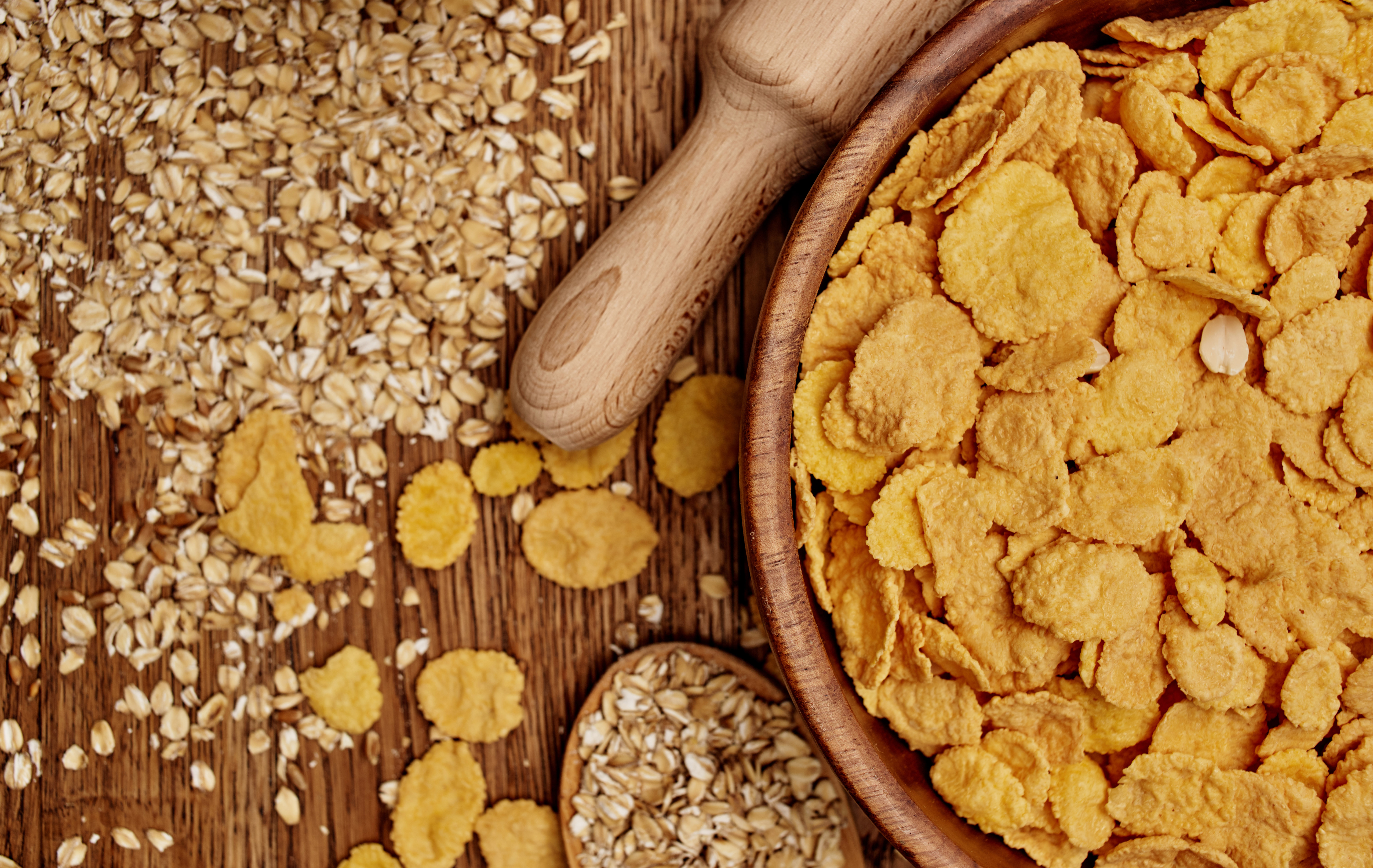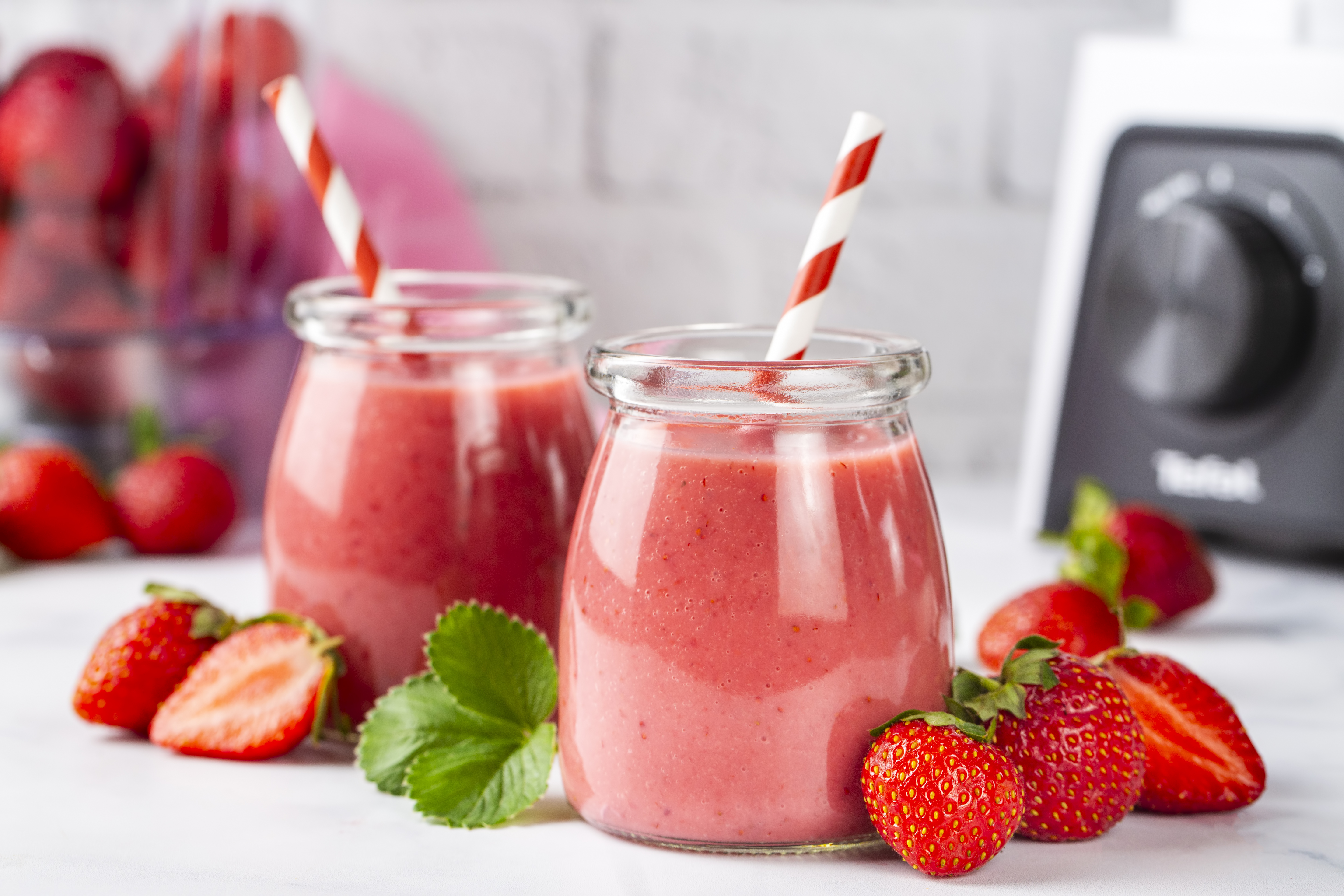Hidden Dangers of ‘Healthy’ Foods That Spike Insulin
3. The Misleading Nature of Whole Grains

Whole grains are often considered a healthy alternative to refined grains due to their higher fiber content. However, not all whole-grain products are created equal. Many packaged whole-grain foods, such as breads and cereals, contain added sugars and refined flours that can lead to insulin spikes. Additionally, some whole grains have a high glycemic index, meaning they can cause rapid increases in blood sugar levels. It's important to differentiate between whole grains in their natural form, like quinoa or brown rice, and processed whole-grain products. Choosing minimally processed whole grains and being aware of portion sizes can help mitigate their impact on insulin levels. Understanding the nuances of whole grains is essential for making informed dietary choices that support stable blood sugar levels.
4. The Surprising Effects of Smoothies

Smoothies are often seen as a convenient way to consume fruits and vegetables, providing a quick nutrient boost. However, they can also be a hidden source of insulin spikers, especially when made with high-sugar fruits or sweetened ingredients. The blending process breaks down the fiber in fruits, leading to faster sugar absorption in the bloodstream. Additionally, many commercial smoothies contain added sugars or syrups, further contributing to insulin spikes. To enjoy smoothies without the negative impact on insulin levels, focus on using low-sugar fruits, such as berries, and incorporate vegetables like spinach or kale. Adding protein sources, such as Greek yogurt or nut butter, can also help slow down sugar absorption. By being mindful of smoothie ingredients, you can enjoy their benefits without compromising your insulin response.
